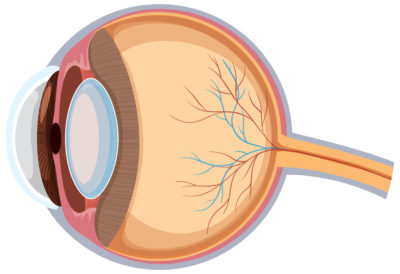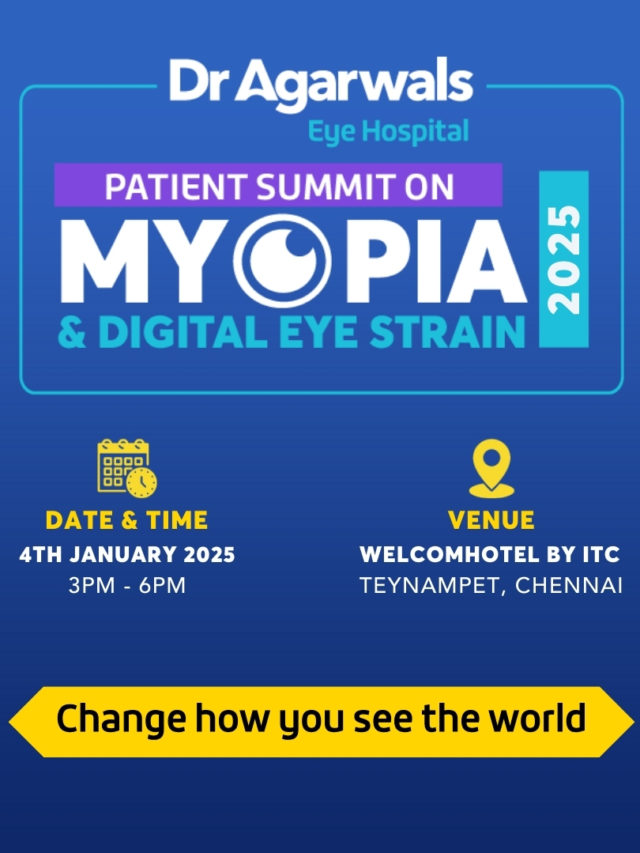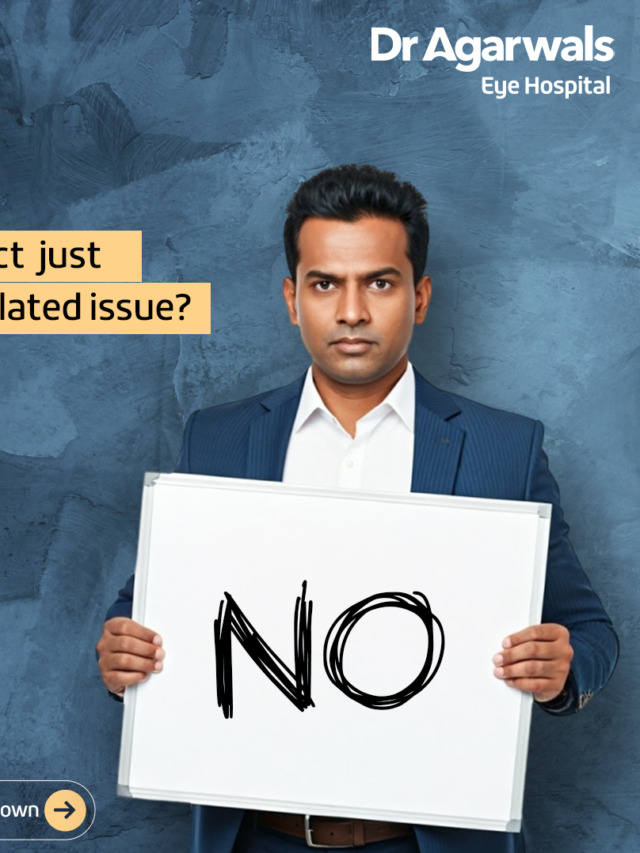Many people experience blurred or distorted vision without knowing that the cause might be cylindrical power in their prescription. If you have been told you need lenses with a cylindrical correction, it means your eyes do not focus light evenly due to the irregular curvature of the cornea or lens.
Understanding the meaning of cylindrical power, its causes, symptoms, and management options is essential for protecting your eyesight and improving visual comfort.
What is Cylindrical Power?
Cylindrical power is a term used in eye prescriptions to indicate the presence of cylindrical eyesight, also known as cylindrical vision. It refers to a type of refractive error, medically termed astigmatism, where the cornea or lens is not perfectly spherical.
Instead, it has an uneven curvature, causing light to focus at multiple points on the retina. This results in blurred or distorted vision at all distances. The cylindrical power means the corrective lens strength needed to counter this uneven refraction.
What Causes Cylindrical Vision?
Cylindrical vision occurs when the eye’s surface is shaped more like a rugby ball than a football. This uneven curvature may be present from birth or develop over time due to factors such as genetics, eye injury, certain eye surgeries, or progressive eye conditions. It is commonly linked to astigmatism and can affect one or both eyes.
Prolonged eye strain, excessive screen time without breaks, and ageing-related corneal changes may also contribute.
Key Symptoms of Cylindrical Power You Should Know
Blurred Vision
A hallmark sign of cylindrical eye power is blurred or distorted vision at various distances. Objects may appear stretched, tilted, or out of focus, making everyday tasks like reading signs, using digital devices, or driving more challenging.
Headache
Persistent headaches, particularly after prolonged close work or screen use, can occur due to uncorrected cylindrical eyesight. This happens because the eyes strain to compensate for uneven focusing.
Poor Night Vision
People with significant cylindrical power may notice glare, halos, or starbursts around lights at night. This can make night driving difficult and uncomfortable.
Eye Strain
Constantly trying to focus clearly with cylindrical vision can lead to tired or aching eyes, especially after reading, computer work, or other tasks requiring sustained visual attention.
How is Cylindrical Power Diagnosed?
1. Eye Chart
An eye chart test helps measure visual clarity at different distances. If blurred or distorted lines are noticed, it may indicate cylindrical eyesight.
2. Phoropter
A phoropter is used to refine the prescription, measuring both spherical and cylindrical eye power accurately.
3. Autorefractor
This automated device provides an initial measurement of refractive errors, including cylindrical power, by assessing how light changes as it enters the eye.
4. Keratometer
A keratometer measures the curvature of the cornea to detect irregularities responsible for cylindrical vision.
How to Manage Cylindrical Power?
1. Maintaining a Healthy Diet
Nutrients like vitamin A, C, and omega-3 fatty acids help maintain corneal health and may reduce eye strain associated with cylindrical eyesight. Leafy greens, carrots, and oily fish are excellent choices.
2. Eyeglasses for Cylindrical Power
Prescription glasses with cylindrical lenses are the most common method of correcting cylindrical eye power. These lenses are designed to balance the uneven refraction and provide clear, comfortable vision.
3. Corrective Contact Lenses
Toric contact lenses can correct cylindrical vision effectively, offering a wider field of view without the frame obstruction of glasses. They are available in both soft and rigid gas-permeable materials.
4. Refractive Eye Surgery Options
Procedures such as LASIK, PRK, or SMILE can reshape the cornea to reduce or eliminate cylindrical power permanently. Consulting a refractive surgery specialist is essential to determine eligibility.
Is It Possible to Cure Cylindrical Power?
Cylindrical power cannot be “cured” in the traditional sense without surgical intervention. Glasses and contact lenses correct vision but do not change the eye’s shape. Refractive surgery can offer a long-term solution, though regular check-ups are still important to monitor eye health.
When Should You See a Professional for Cylindrical Power?
Seek an eye specialist if you experience persistent blurred vision, headaches, or difficulty focusing. Early detection of cylindrical eyesight allows for timely correction, reducing the risk of eye strain and improving quality of life. Regular eye exams are recommended even without symptoms.
Conclusion
Cylindrical power is a common vision condition linked to astigmatism, where the eye’s surface curvature causes light to focus unevenly. Understanding the meaning of cylindrical power, recognising symptoms, and seeking timely diagnosis ensures proper management. With options ranging from glasses and contact lenses to refractive surgery, maintaining clear vision is possible for those with cylindrical vision.










